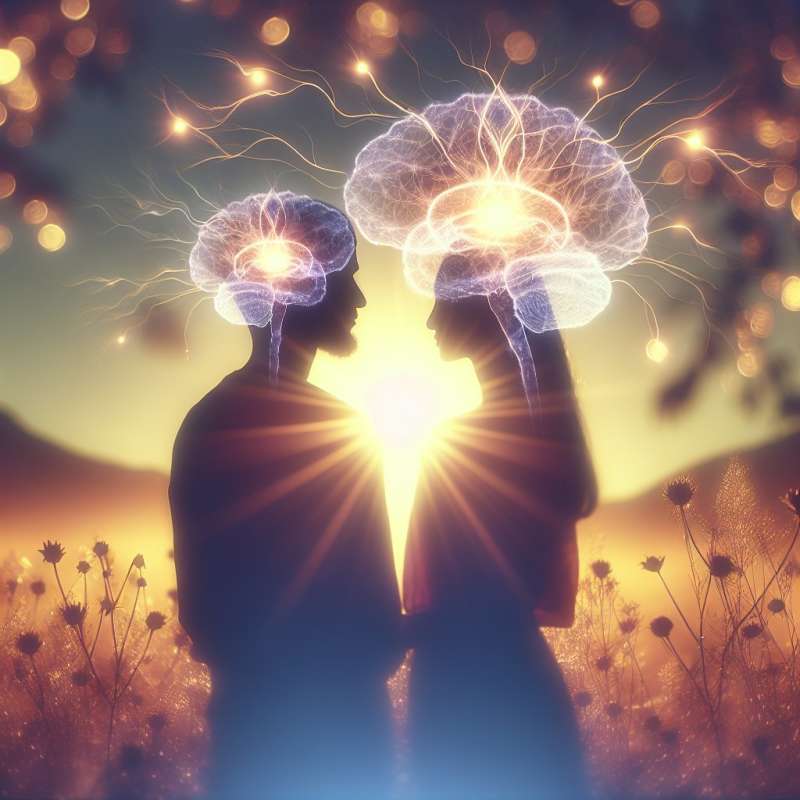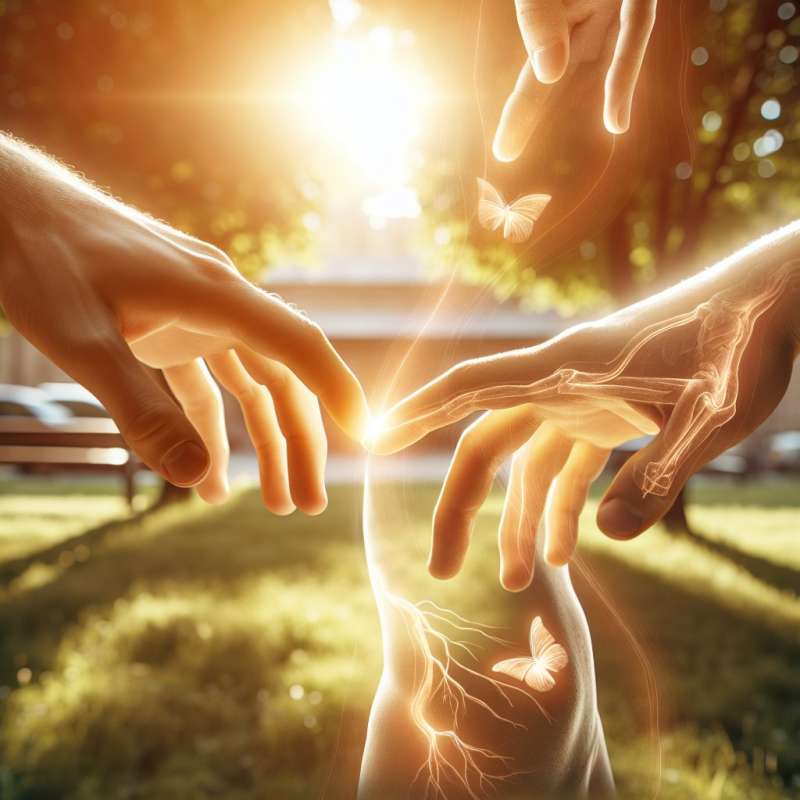
Brain Chemistry in Love
Falling in love triggers the brain's reward system, releasing dopamine and oxytocin. These chemicals enhance mood and attachment, akin to the euphoria associated with the use of certain drugs.
Stress Response Activation
Love initiates a stress response, increasing cortisol levels. This can cause the 'butterflies' feeling in the stomach due to a fight-or-flight response, even though there's no actual danger present.
Pupil Dilation Effect
Attraction leads to pupil dilation, a sign of interest that may have evolutionary roots. Larger pupils are often perceived as more attractive, signaling emotional responsiveness to a potential partner.
Heart Rate and Love
The phrase 'heart skips a beat' has a basis in reality. When seeing someone you're attracted to, adrenaline is released, quickening the heart rate and reinforcing the physical aspect of love.
Mirror Neuron System
Mirror neurons play a role in empathy and connection. When in love, individuals may subconsciously mimic their partner's actions or emotions, fostering a deeper bond and understanding.
Genetic Attraction Mystery
Science suggests that we're attracted to those with different immune system genes, potentially for evolutionary advantages in offspring. This selection is unconsciously made through scent cues.
Gut Instincts and Love
The 'gut feeling' is real – the enteric nervous system, our 'second brain,' communicates with the brain and may play a part in the unconscious signals we perceive about compatibility with a partner.
What triggers the brain's reward system?
Exercise and healthy diet
Falling in love
Learning a new skill
Company